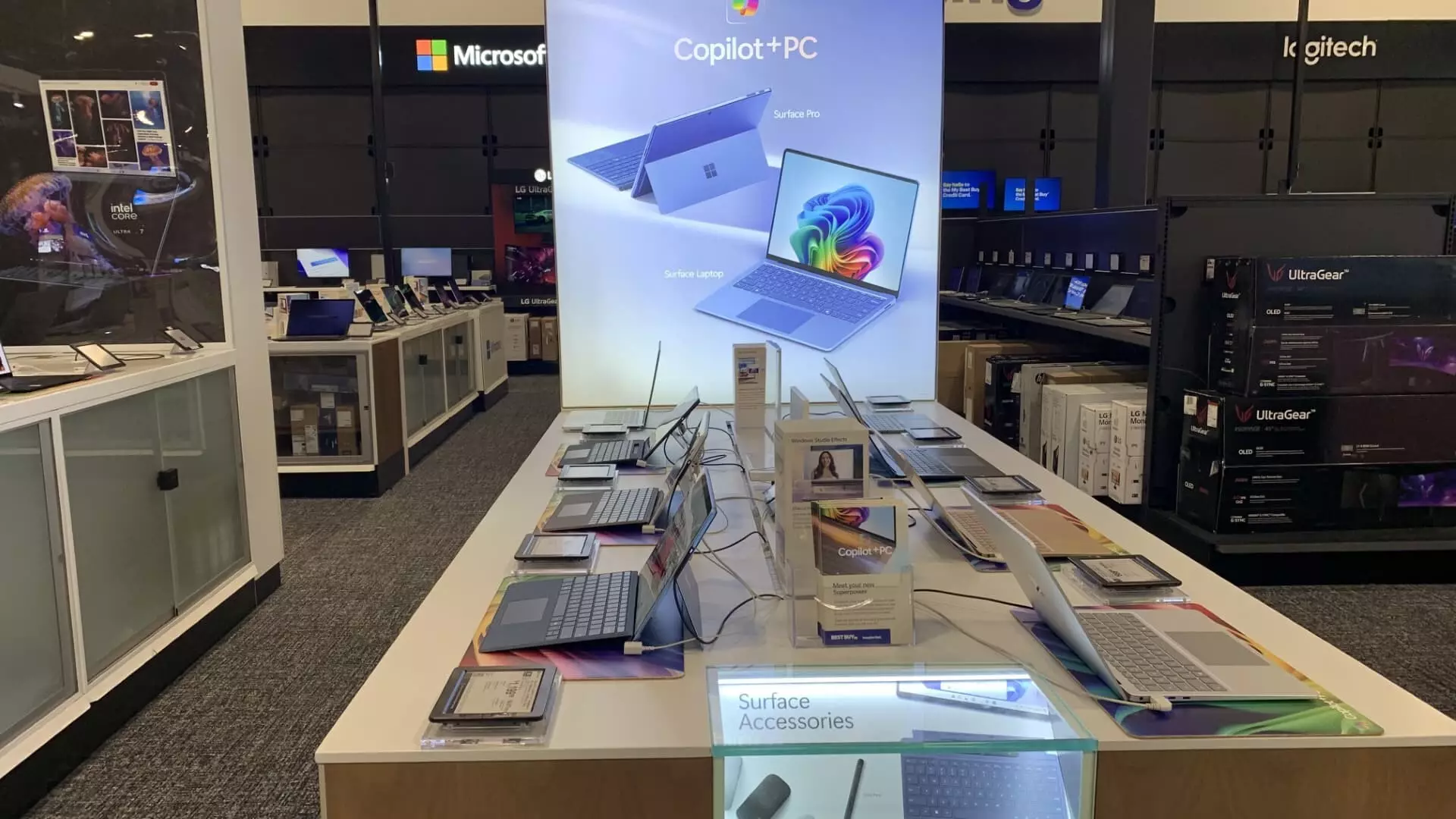Best Buy Co., Inc. has recently undergone significant fluctuations in its stock performance, reflecting broader trends in the retail sector. Once a dominant player in the electronics market, the company is now grappling with declining share prices and an increasing competitive landscape. As of the latest reports, Best Buy’s stock trades around $86, marking a notable drop that has raised concerns among investors and market analysts alike.
The reasons behind the downward trajectory of Best Buy’s stock are multifaceted. Key among these is the uncertainty surrounding electronic retail sales amidst a shifting economic environment. Investors are particularly concerned about the potential ramifications of higher tariffs on imports, particularly from China, as outlined by President-elect Donald Trump’s administration. This policy shift could adversely impact the cost structures for companies reliant on electronic goods, a category where Best Buy is heavily exposed.
Additionally, the real estate market plays a crucial role in Best Buy’s success. The sales of larger appliances and home entertainment systems depend significantly on housing turnover rates, which, at present, are not witnessing the expected growth. Rising mortgage rates—despite a recent Federal Reserve strategy aimed at reducing them—further complicate the landscape, suggesting that consumer spending on big-ticket items may remain subdued in the near future.
In light of these challenges, maintaining a disciplined investment approach has become imperative. Recently, Jim Cramer’s Charitable Trust has made the decision to sell 165 shares of Best Buy, reducing its holdings to 600 shares and adjusting the weighting of Best Buy’s stock in the portfolio. This action was not solely based on current market performance but also reflects a strategic move to preserve gains. Despite an average 8% profit on earlier investments, the looming earnings report poses risks that could further destabilize prices.
The decision to diminish the position in Best Buy underscores the importance of discipline in investment strategies. Protecting established profits is a crucial tactic, especially when facing potential volatility driven by upcoming market narratives. While the current economic climate presents challenges, it is essential to recognize that some factors may be temporary, including fluctuations in mortgage rates and the performance of high-tech personal computers.
Another critical aspect influencing Best Buy’s performance is the competition from retail giants. Industry leaders such as Walmart, Amazon, and Costco are not only thriving but are also capturing significant market share. This increasing dominance of large retailers poses a formidable challenge to Best Buy. In contrast, brands like Target are also facing backlash, evident in their recent profit miss, which severely impacted their stock valuation.
Considering this competitive trajectory, Best Buy must navigate an environment where consumer behavior increasingly favors one-stop shopping solutions provided by the biggest players in retail. The company’s ability to innovate and adapt to these market changes will be crucial for its long-term sustainability.
As Best Buy invests in its future strategy, it is crucial to balance short-term actions with long-term vision. The current economic headwinds require careful navigation, but with a robust pricing strategy and efficient operations, the company could stabilize its footing within the retail landscape. Whether through product diversification, enhancing customer experiences, or leveraging online sales, Best Buy’s path forward will need to account for the dynamic nature of consumer electronics retail.
The cautious trimming of positions, employing disciplined investment practices, and recognizing competition are all part of the strategy that stakeholders must adhere to as they move forward in these uncertain times. Thus, while Best Buy faces formidable challenges, there is potential for growth if the company can respond adeptly to the evolving market conditions.

